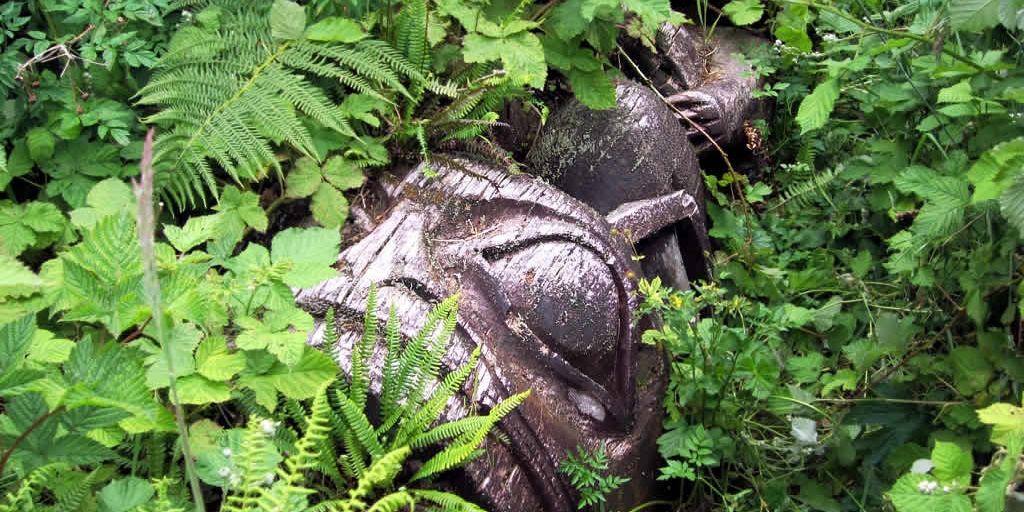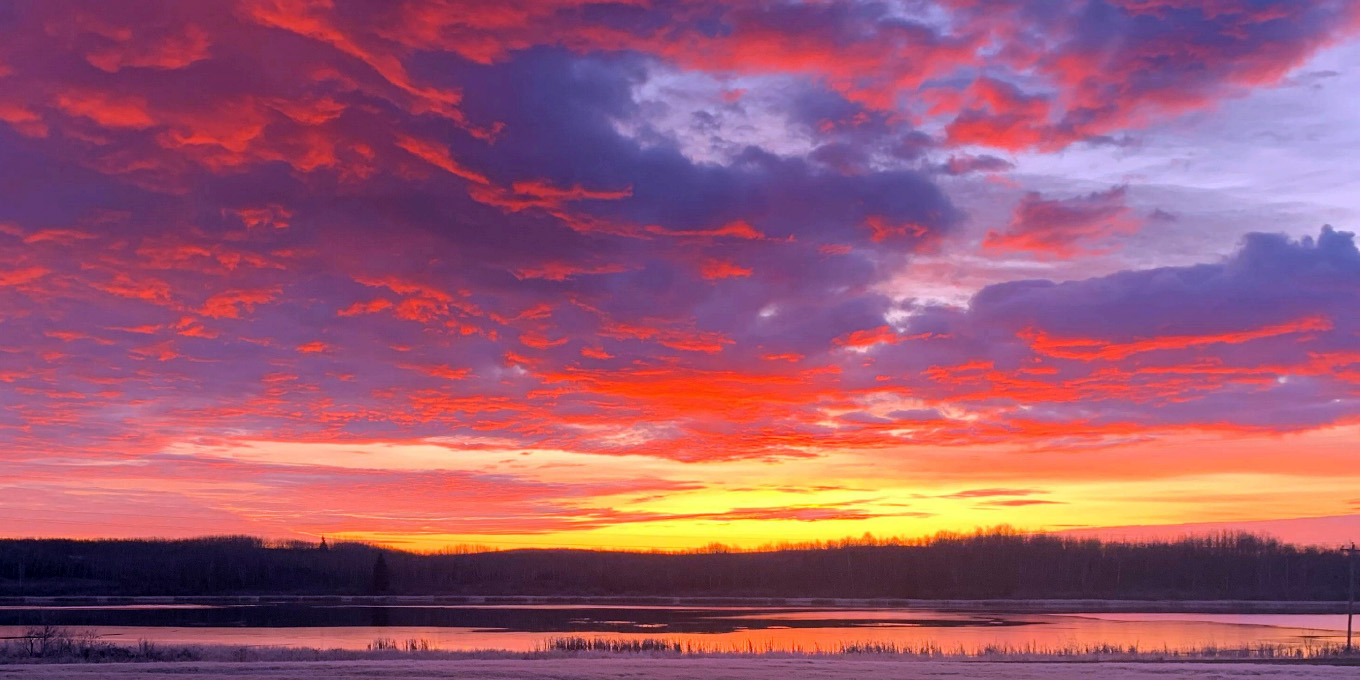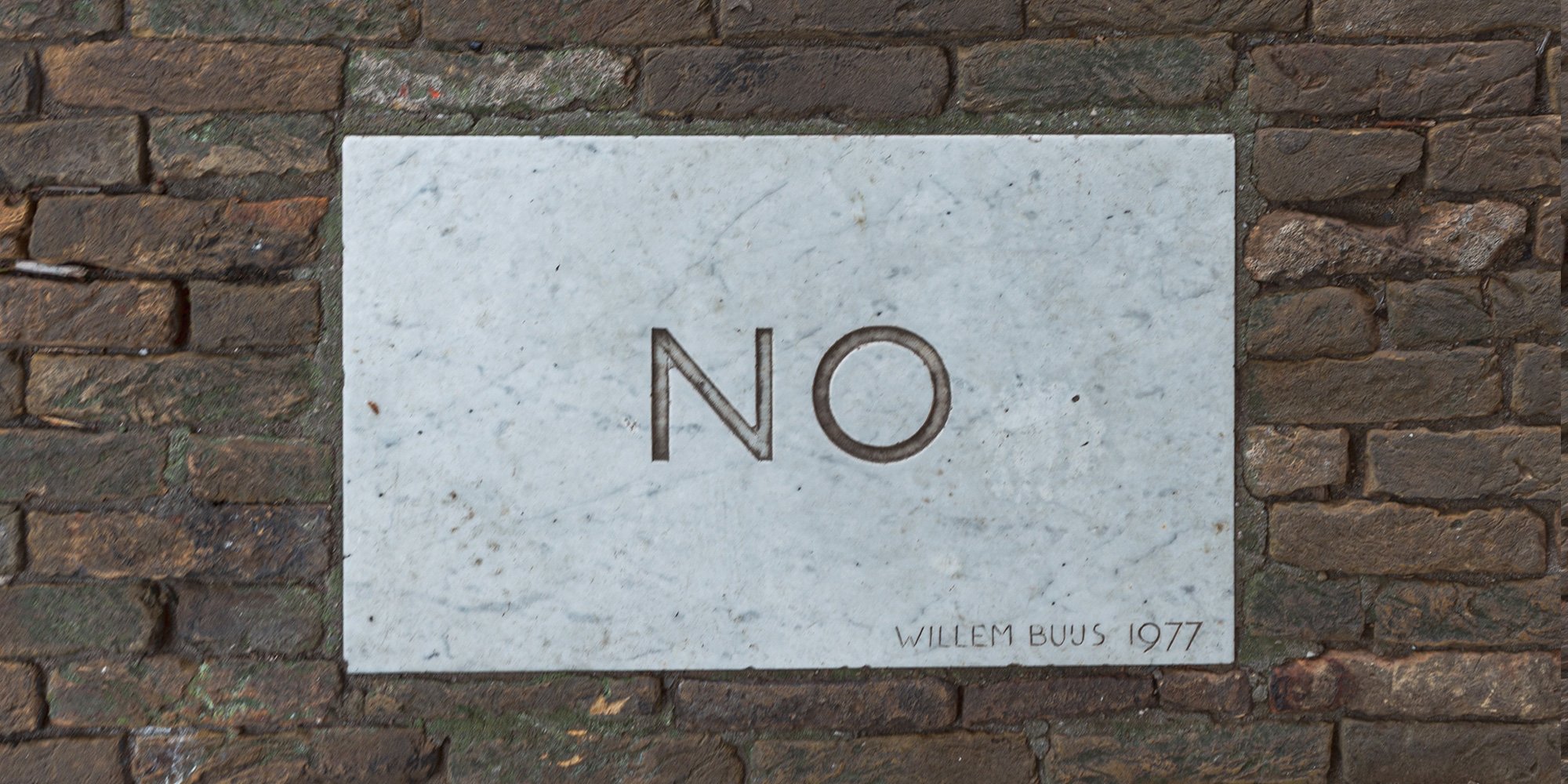Sandy Sanderson Maximizing Business Opportunities Through Industry Engagement
Sandy Sanderson, CEO of Goodfish Business Corp., spoke at the Aboriginal Consultation and Engagement Speaker Series in Edmonton, Alberta on October...

Things have definitely changed when it comes to First Nation Community Engagement. The Tsilhqot’in decision has moved the bar much higher in terms of legal requirements and will definitely require governments to beef up and strengthen their duty to consult requirements and policies.
So what's a company to do? Early, effective, respectful, and consistent engagement with First Nation communities is the foundation of any good engagement strategy and positive relationship, and time well spent. A relationship that is respectful of the interests, priorities and values of the First Nation(s) you wish to engage with is key to how your project will be viewed. Keep in mind that it may be necessary, due to overlapping land claims and traditional territories, to engage with more than one community. If this is the case, treat each community individually in your engagement, don’t play one against the other, and don’t attempt to gain leverage by name-dropping that someone from another community provides support for what you are doing.
If your organization does its research on community values, history and traditions and devotes the resources necessary to develop an effective First Nation community engagement strategy, it could open the door to many opportunities, such as:
access to the local workforce
access to service and supplier providers
smoother assessment and regulatory processes
assistance with the development of Impact Benefit Agreements and Socio-economic Participation Agreements
Do not think of or refer to First Nations as stakeholders.
Realize the difference between the responsibilities and mandates of Chief and Council and the community’s economic development corporations, if the community has one.
Determine who the appropriate First Nation and community contacts are and ensure they are kept informed throughout the duration of your project - not just at the beginning when you need to have them on-side.
Arrange personal meetings between your executives and First Nation and community leaders - in other words, “chief to chief”.
Provide transparent information about the project, its progress, challenges etc.
Work with First Nation and community individuals and/or organizations to identify and develop local benefits and help build sustainable local capacity.
Do your due diligence to learn about and follow community protocols and/or best practices.
Work with the community to develop modifications to your project, if required, to address community concerns.
Recognize, respect and accommodate First Nation personal and cultural activities such as funerals. potlatches, General Assemblies and the time required for traditional harvesting.
Recognize the intergenerational impact of the residential schools and the link to substance abuse.
These are just some suggestions for your consideration. Each First Nation has an individual view of engagement and the most effective way to learn what their view is, is to begin your relationship with open and regular communication. The least effective thing you can do is to only engage when you need approval or support from the community.
For those looking to advance their consultation and engagement skills, we recommend taking our foundational Working Effectively with Indigenous Peoples® course, followed by our Indigenous Consultation and Engagement training.
Featured photo: David Stanley, Flickr

Sandy Sanderson, CEO of Goodfish Business Corp., spoke at the Aboriginal Consultation and Engagement Speaker Series in Edmonton, Alberta on October...

In this second installment in our series of "Must-dos and Don’ts” for an effective Indigenous engagement strategy, we are providing six “don’ts” that...

The Environmental Managers Association of BC (EMA) is hosting an information session on September 18, 2014 at the Simon Fraser downtown campus in...